- Joined
- Aug 15, 2000
- Messages
- 19,099
This is a chart from the Rapaort story.
Someone put a link up please?
Rather like my guess from the other thread that got hijacked by Marty
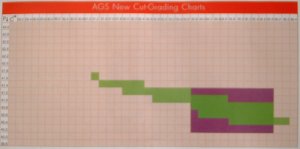
Someone put a link up please?
Rather like my guess from the other thread that got hijacked by Marty







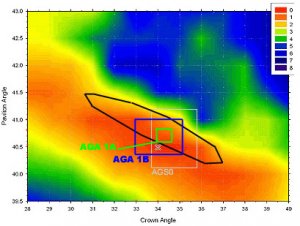


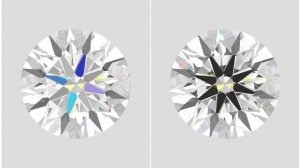
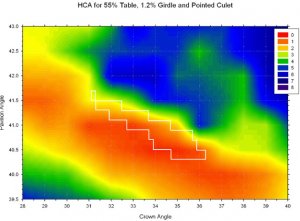

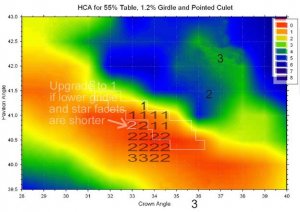
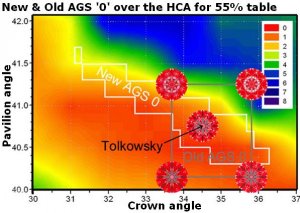
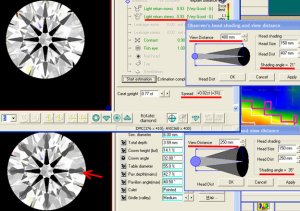
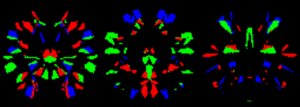




300x240.png)